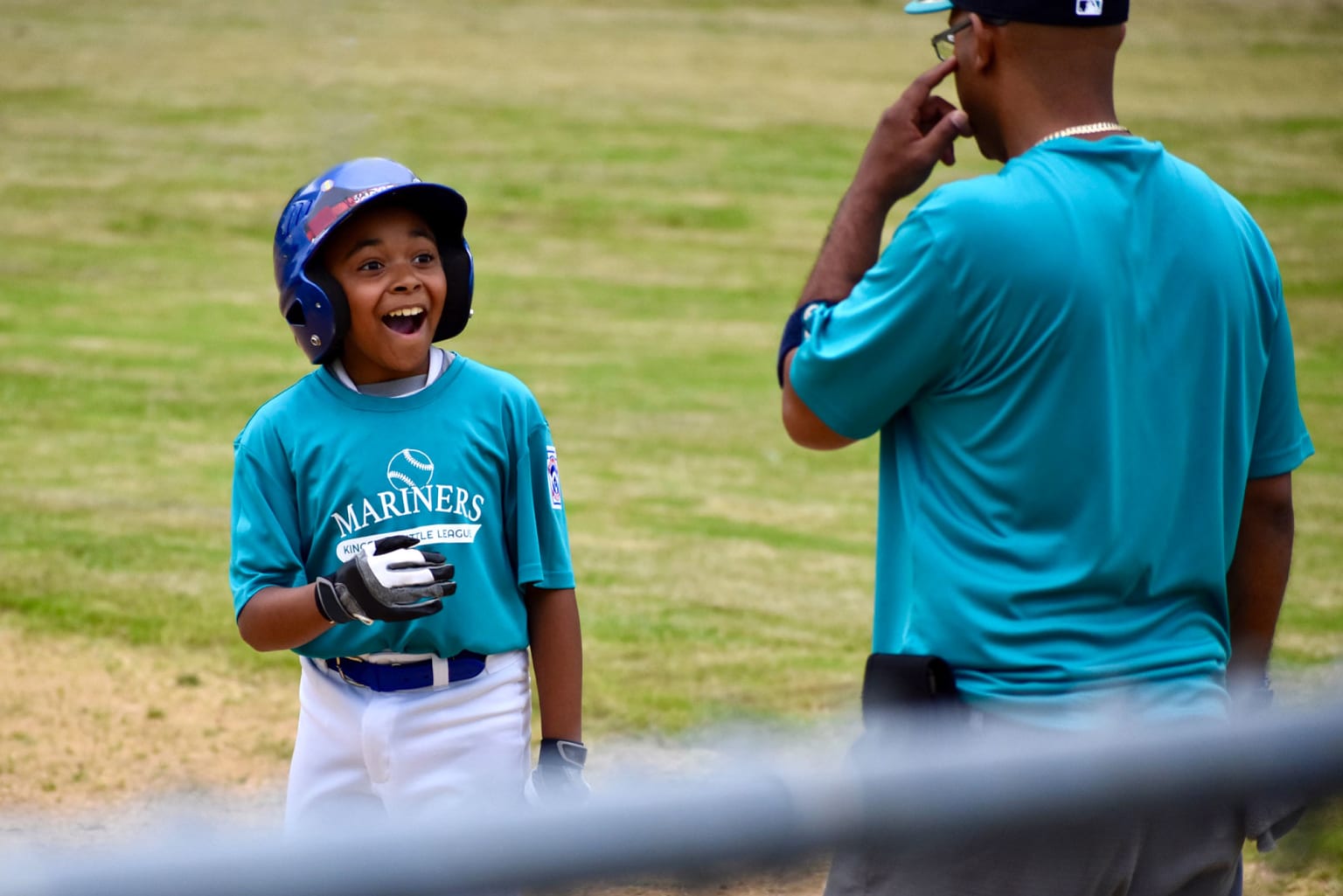Successful Coaches Know that Smiles are More Important than Stats

Charles Dean has some simple advice for Little League® coaches — get your head out of the scorebook and keep your eyes on the field.
He urges coaches not to get consumed by the statistics of the game, but rather to make it a priority to create a fun experience.
“With our teams, it’s all about teaching the kids how to catch and throw — we talk about learning the fundamentals,” said Mr. Dean, who lives in Portland, Ore., and is a local league volunteer. “Keeping stats isn’t important in the Minors, or even the Major Division, we just want them having fun playing the game.”
Rather than tracking fielding percentages or fly-ball catches, Mr. Dean focuses on the ‘position’ column in the scorebook.
“You can’t tell a child, ‘You’re a catcher, and that’s all you’re going to do’,” said. Mr. Dean. “It’s important that these players get a feel for every position at a young age. Does a kid know his responsibility at different spots? Are they learning proper technique?”
It’s what GameChanger Founder and CEO Ted Sullivan calls “Redefining Success.” Sometimes the process is more important than the results.
That same mindset follows to the batter’s box. It’s not about who has the highest batting average or who has the most doubles.
“The big thing is, ‘Are they actually swinging the bat?’” said Mr. Dean. “If you see a player just standing there, what can you do to get them to take a cut?”
This challenges coaches at the youngest levels to think outside of the scorebook when it comes to statistics. Perhaps awarding players a mark for lining up correctly, or throwing to the right base regardless of whether the play results in an out.
The game day number that matters most to Dean is the pitch count — a required statistic in Little League that has shown to limit arm injuries.
“That’s the only number that we’re monitoring league-wide,” he said.
Coach Mike Dominguez, also the league’s Fundraising Coordinator, expressed a similar philosophy when it comes to helping his players learn the game.
“Children learn in different ways,” he said. “If we’re working on running hard through first base, I will ask the players to show me what it looks like, but also to explain why it’s important.”
One statistic stands out to the league’s coaches — the number of Little Leaguers® who return to the field each season.
“I’ll point out if a player gets a couple hits in a game, but I’m not a huge stat person,” said Mr. Dominguez. “We want to teach teamwork and fundamentals, but the word we really, really stress is fun.”
From GameChanger